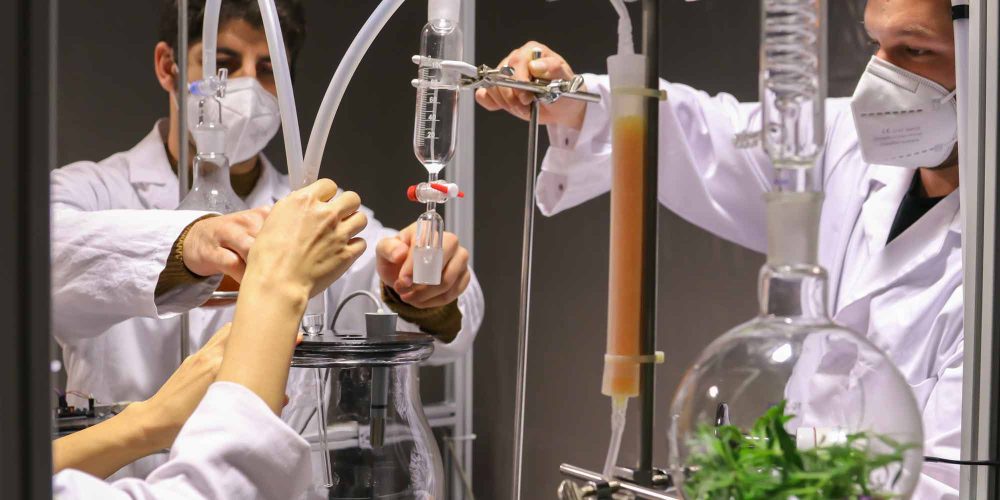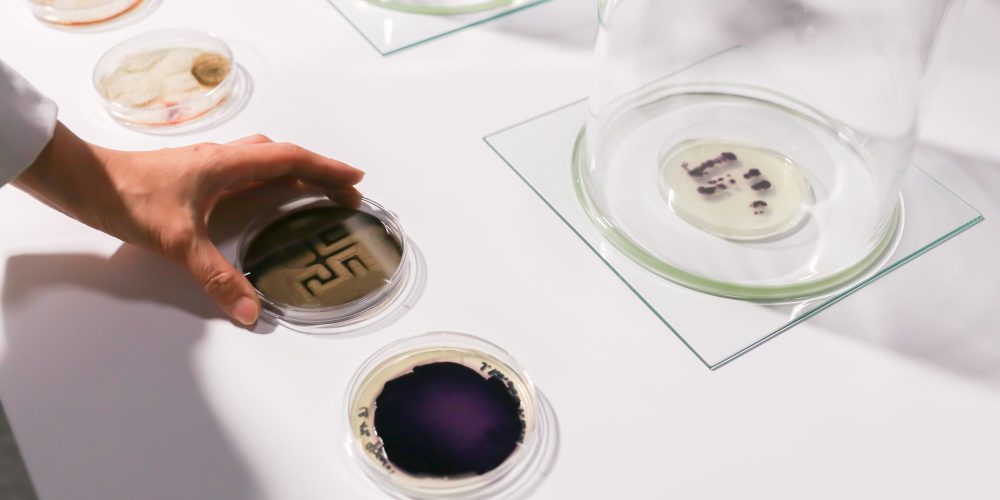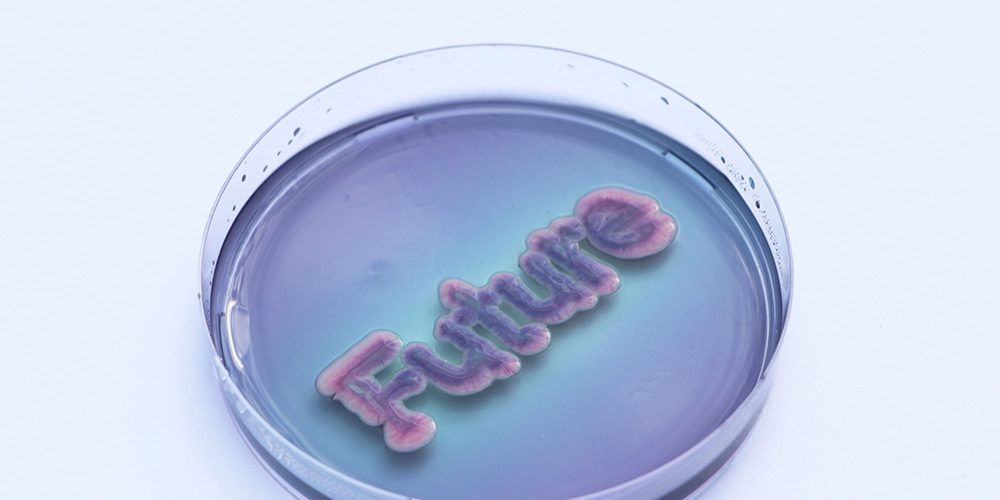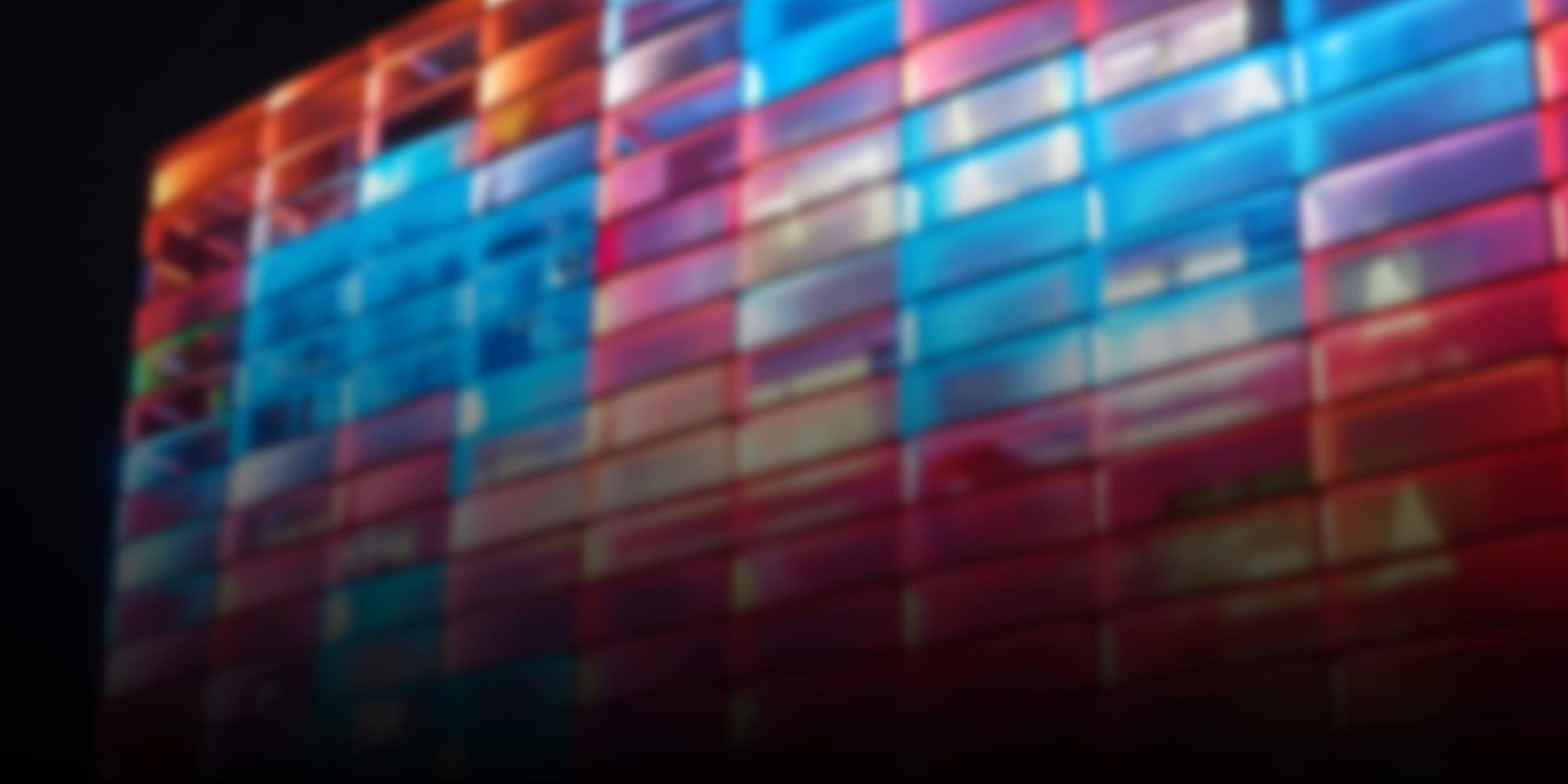
BioArt
-
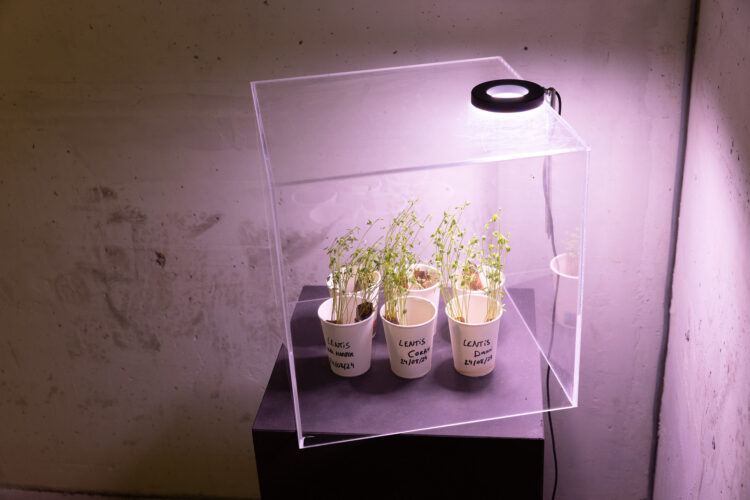
Ethical Approaches in Bio Art
Researcher and curator Eunji Kwon provides insights into her research work as part of the ARKO and Ars Electronica curatorial residency programme.
-
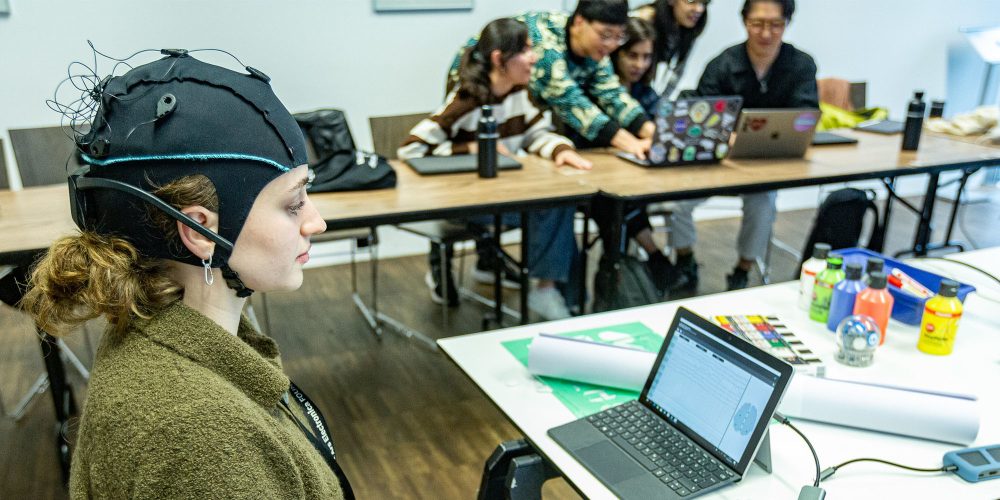
The Mind-Machine Meld: Exploring the Intersection of Neuroscience and Cybernetics
In the ever-evolving landscape of science and technology, two disciplines have emerged as powerful catalysts for reshaping our understanding of the human experience: neuroscience and cybernetics.
-
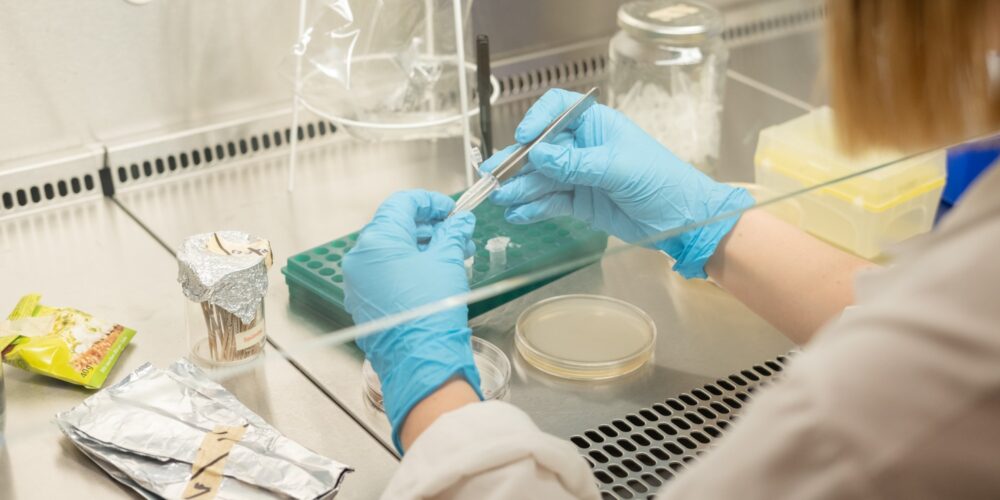
Reimagining Human Habitats
In an interview with artist Dorotea Dolinšek, we discover the secrets of the microbiome and how our symbiotic relationship with microorganisms affects our well-being.
-
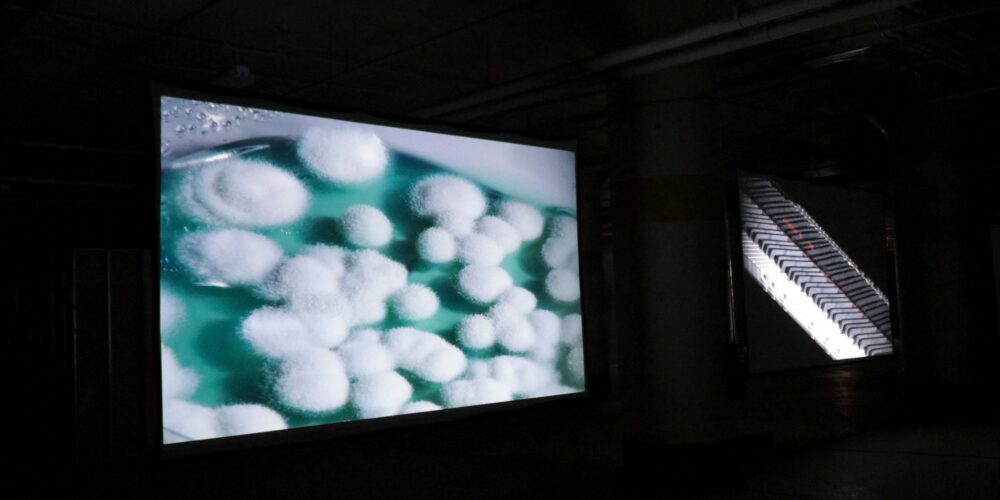
Exhibition in New York connects biology and art
Yoko Shimizu presents her art in “Tides of Light”, including her work as an Ars Electronica Futurelab researcher.
-
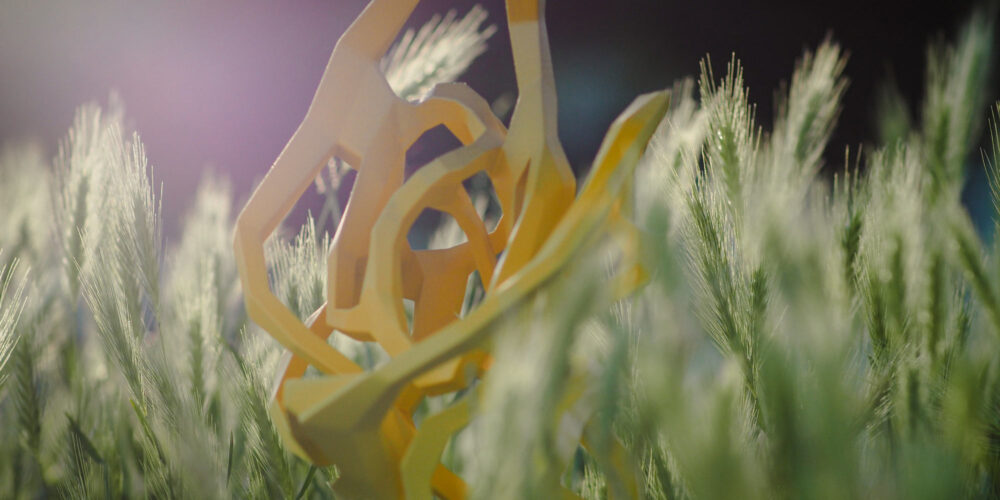
On the track of innovation
What do jackets made of orange peel, parasites for smart home devices and the monitoring of our oceans have in common? That’s right! They all characterize the enormous thematic scope of the S+T+ARTS Prize.
-

SonoSynthesis – Night Performances
Humans, AI and microorganisms compose together: SonoSynthesis presents a hybrid future of art at its world premiere.
-
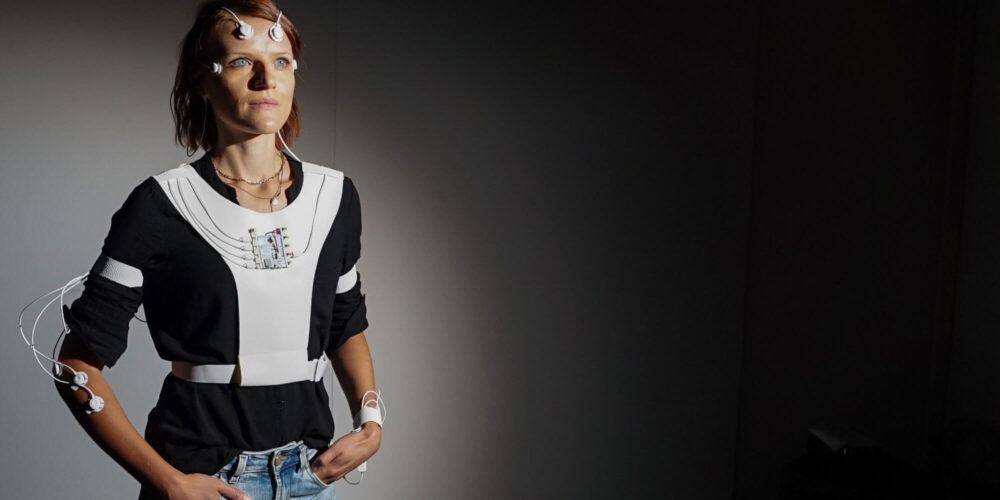
Life Ink: On the trail of creativity
Opening at the Ars Electronica Festival 2022: The brand-new Life Ink exhibition aims to explore the secrets of creativity.
-
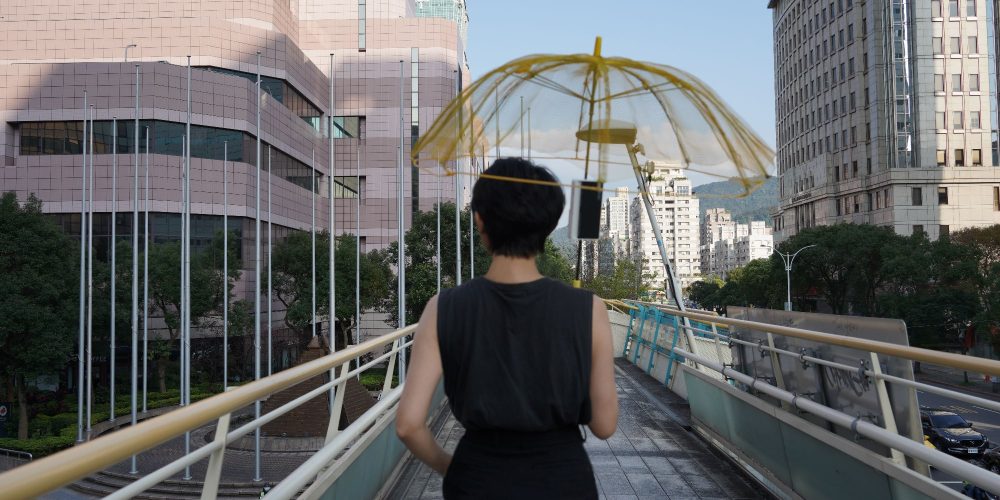
How to “resist like bacteria”
Find out what we can learn from bacteria and why the future lies in collaborative resistance through the artists behind the project “Bi0film.net – Resist like Bacteria”.
-
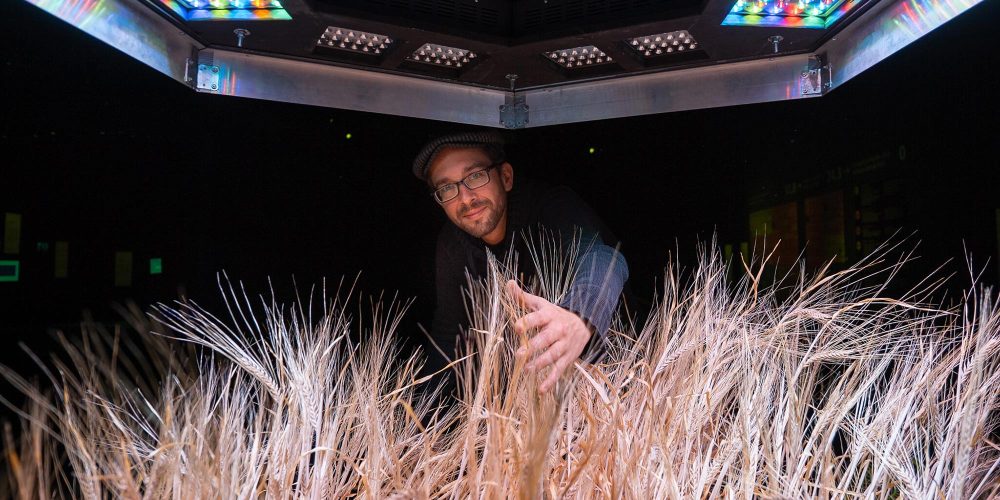
Is it really worth the effort?
Outside is winter, inside we harvest our own grain. Three months we have struggled, spent more than 400 euros, but harvested less than 800 grams of barley.
-
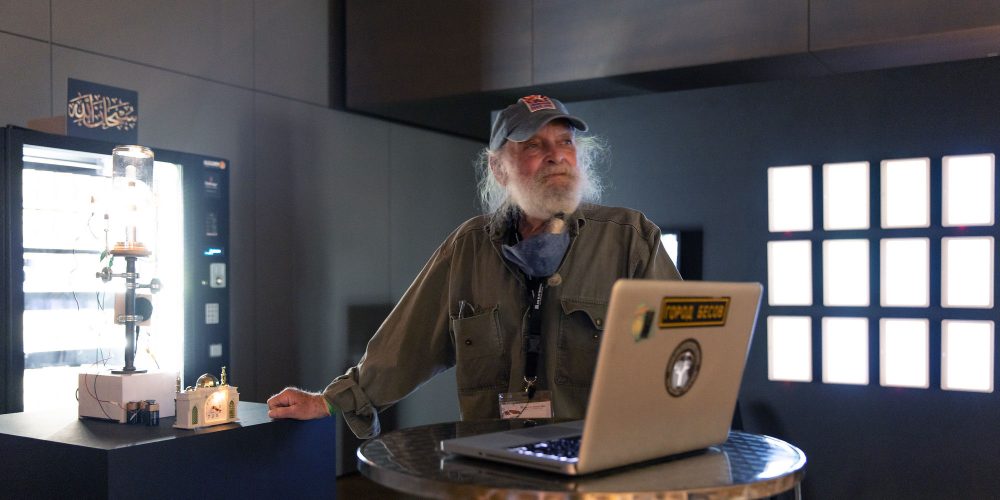
Joe Davis: In Search of Paradoxes
Just recently, Joe Davis and Sarah Khan stored 2,417 quintillion angels on the head of a pin. Reason enough to talk to the BioArt pioneer about the connection between art and science.
-
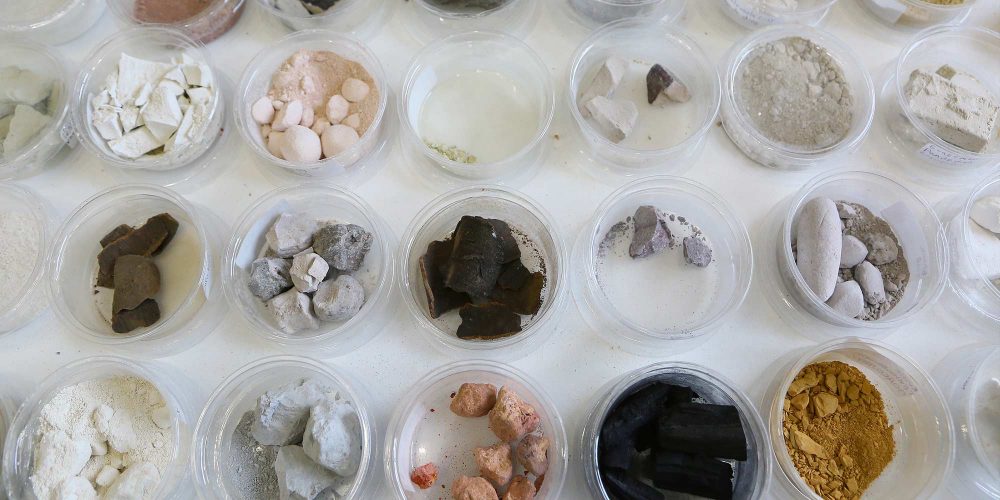
Community Project: Taste your SOIL
Art, society, technology and science sees itself expanded by a conceptuality – nature. “Taste your SOIL” stands for the urgent need of making the digital a part of our cultural identity and for restoring our lost cultural awareness of the earth.
-
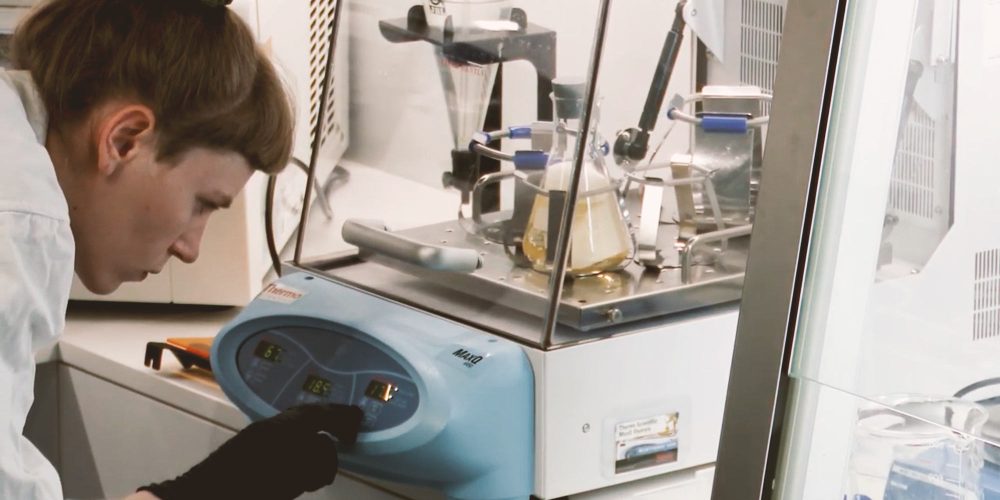
Textiles dyeing with Bacteria
No harmful chemicals, significantly lower water consumption. Julia Moser explains how pigment bacteria are used to color clothing. (German language)
-
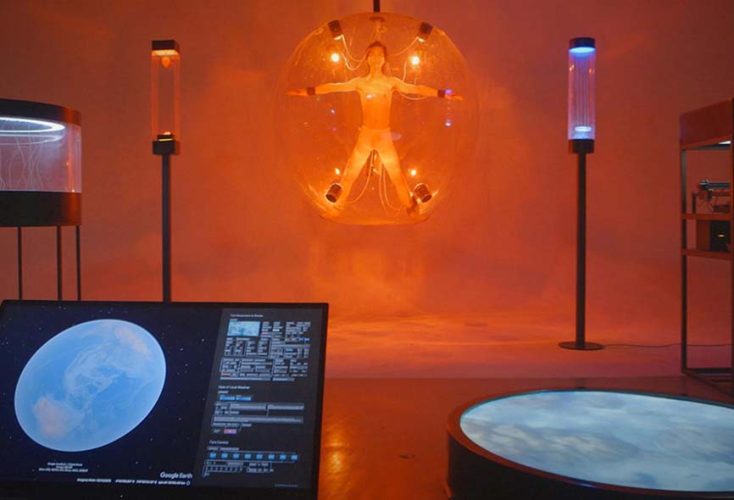
All connected, all affected
Shaun Hu’s works explore the relationship between humans and nature in the digital age. “Internet of Everything: All Connections” – currently part of the “human (un)limited” exhibition in Beijing – shows how everything around us is not only connected but also affected.
-
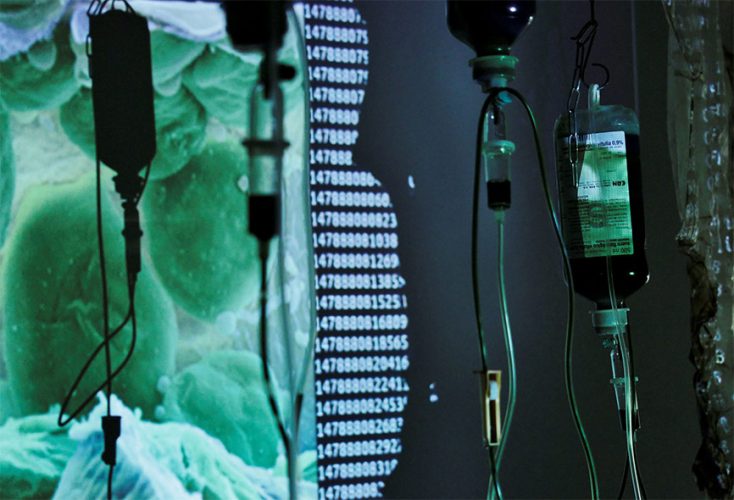
Trans*Plant: May the Chlorophyll be with/in you
In the course of history, especially in Western culture, human has moved further and further away from nature. In language, too, there is a demarcation to the environment, although human as a living being is actually part of it. With their project “Trans*Plant”, the artist group Quimera Rosa wants to draw attention to this strange…
-
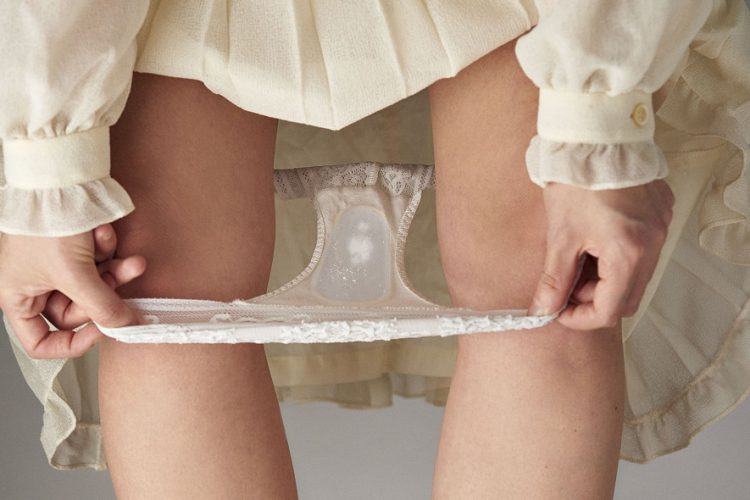
Future Flora: DIY kit for the vaginal flora
This year, designer and biohacker Giulia Tomasello won the STARTS Prize in the category “Artistic Exploration” for her Do-It-Yourself harvesting set for bacteria at home, “Future Flora”. Before the artist comes to the Ars Electronica Festival (September 6 – 10, 2018) to present her work, she has already told us more about it in this…
-

Diving into Deep Space with Noise Aquarium
Current scientific studies have shown with shocking examples that noise sources such as sonar and fracking are extremely harmful to large marine life. Noise also affects microscopic organisms such as plankton, as Victoria Vesna and her collaborators show in their interactive installation in Deep Space 8K at the Ars Electronica Festival 2018, where Victoria Vesna…
-
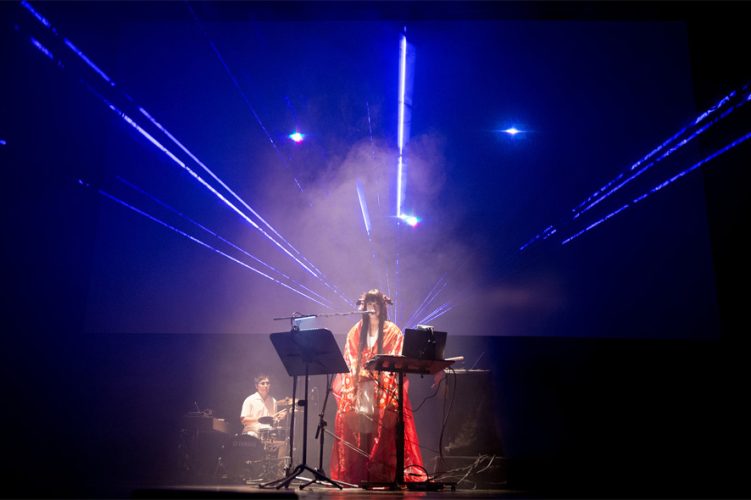
I’m Humanity: Music for Eternity
Her idea for a way to make music live on beyond humankind’s eventual extinction and to use DNA as the medium to transport this information for eternity garnered Japanese musician Etsuko Yakushimaru the 2017 STARTS Prize. In this interview, she explains her concept of “post-humanity music” and gives her take on mutations that randomly occur…
-
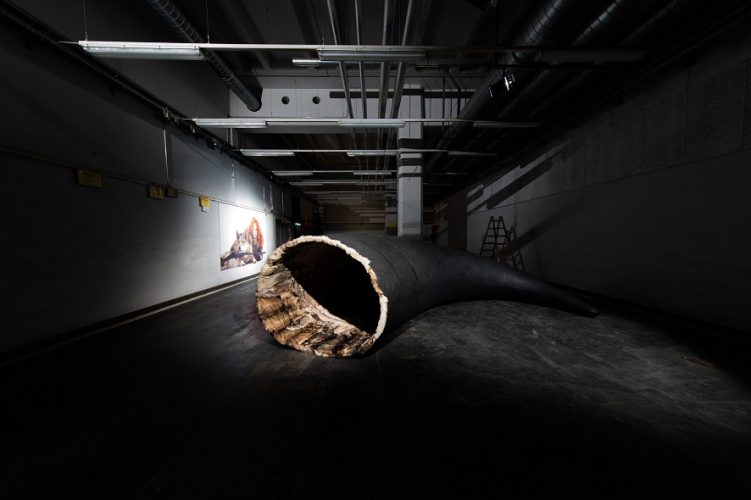
“K-9_topology”: On Humans, Dogs and Bioethics
“K-9_topology,” a series of works by Slovenian artist Maja Smrekar, won last year’s Golden Nica in the Prix Ars Electronica’s Hybrid Arts category. In this interview, Maja Smrekar explains what’s behind these four projects, how dogs and wolves characterize her work, and which ethical questions she investigates.
-
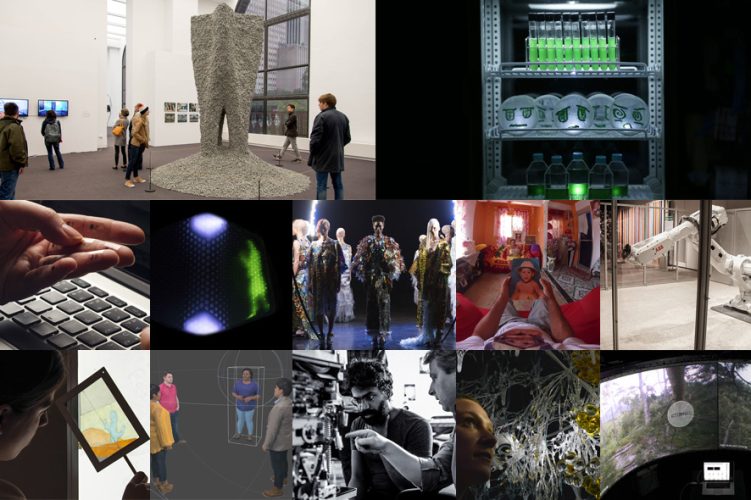
2017 STARTS Prize: Innovative Projects That Cross the Boundaries of Disciplines
Dealing with complex issues calls for marshalling insights and skills from numerous fields, cultures and perspectives. Excellence in accomplishing this is precisely what the European Commission aims to honor with the STARTS Prize. Here, we present 2017’s best projects and what the jury’s statement has to say about them. Many will be featured in a…
-
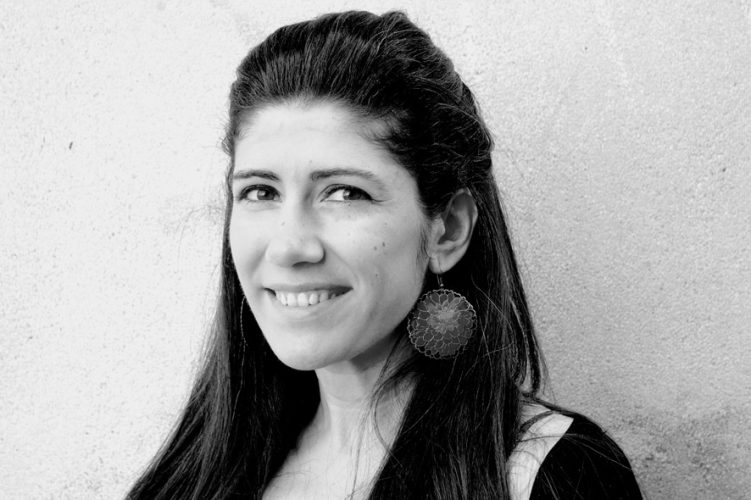
Ghalia Elsrakbi: “Art Is a Collaborative Playground”
Mainstays of media art in general and the Prix Ars Electronica’s Hybrid Art category in particular are hybrid and transdisciplinary projects and approaches. In this interview, juror Ghalia Elsrakbi talks about her take on hybrid art and what she sees as the role art can play in 2017.
-
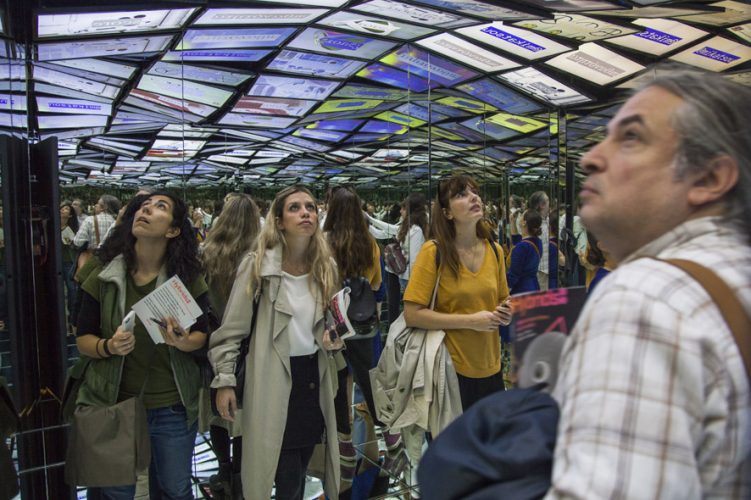
Hybrids – The Power Resides in the Spaces Between
The “Hybrids” exhibition co-produced by Ars Electronica is running until January 15, 2017 at the Onassis Cultural Center in Athens. It focuses attention on new forms of artistic expression that interconnect disparate genres and thereby cut across the boundary between art and technology.
-
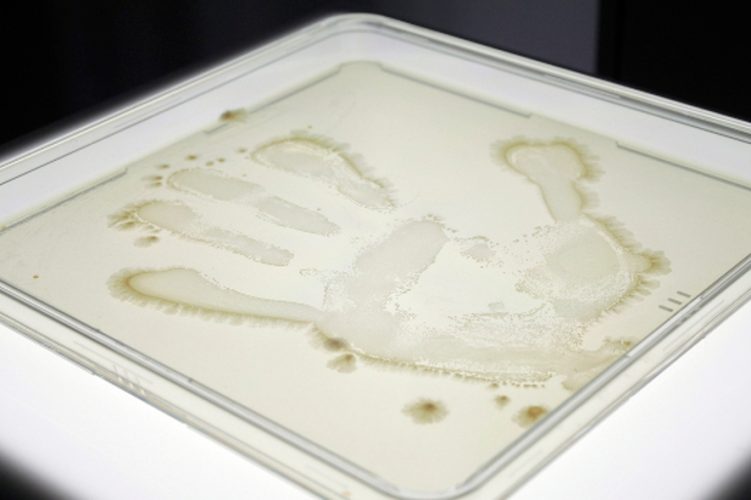
In Vitro Typewriter – Our Information Traces
Already the sixth edition of the exhibition series “TIME OUT” openes on June 6, 2016, at the Ars Electronica Center! This show staged in cooperation with Linz Art University showcases outstanding media art projects by undergrads in the school’s Time-based and Interactive Media program. One of the projects of TIME OUT .06 is the “In…
-
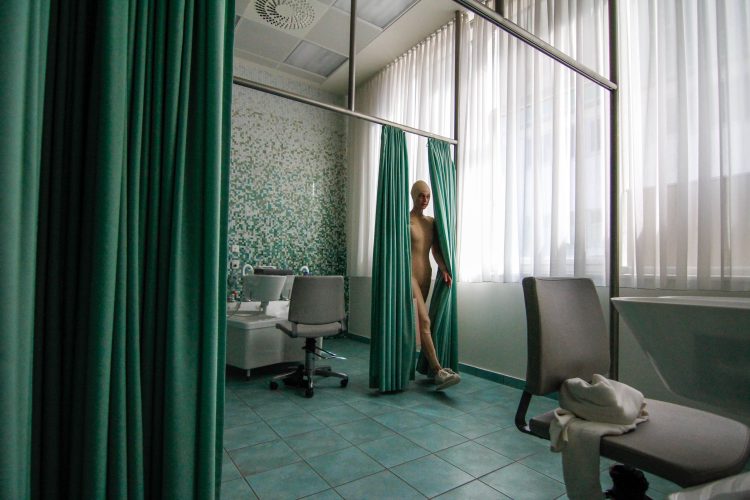
The Institute of Isolation: Pushing the limits as a Cure
The artist and second SPARKS-resident, Lucy McRae, is a representative of the genre Science Fiction. She came to Linz in order to shoot scenes for her film-project which is her approach to the topic of “Responsible Research and Innovation” – the research objective of the SPARKS-program. Compared to her predecessor, Anouk Wipprecht, who built a…
